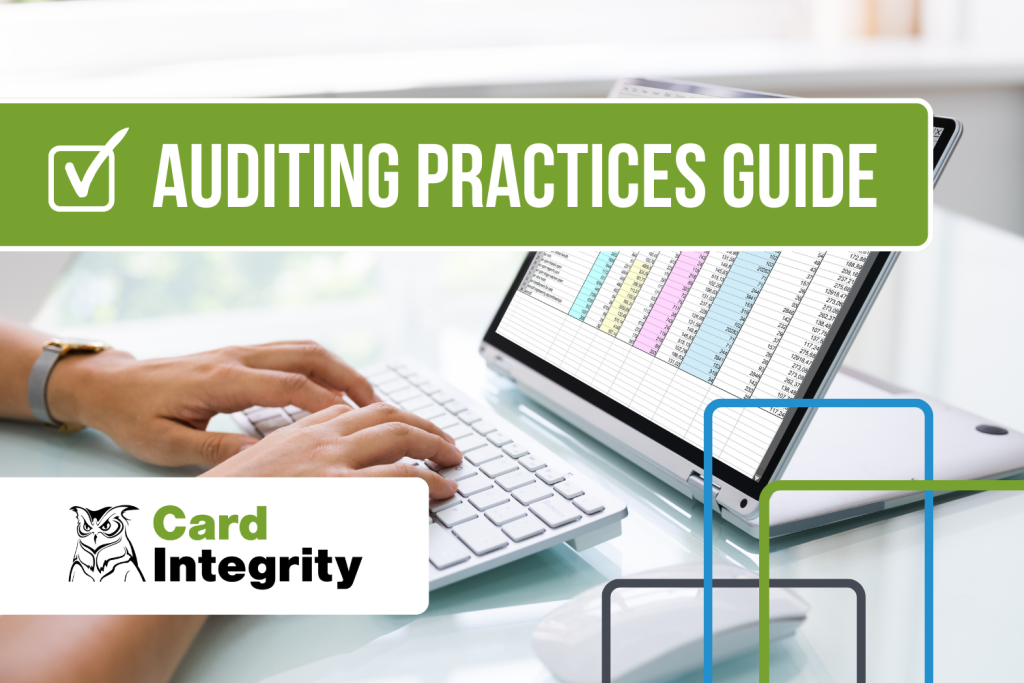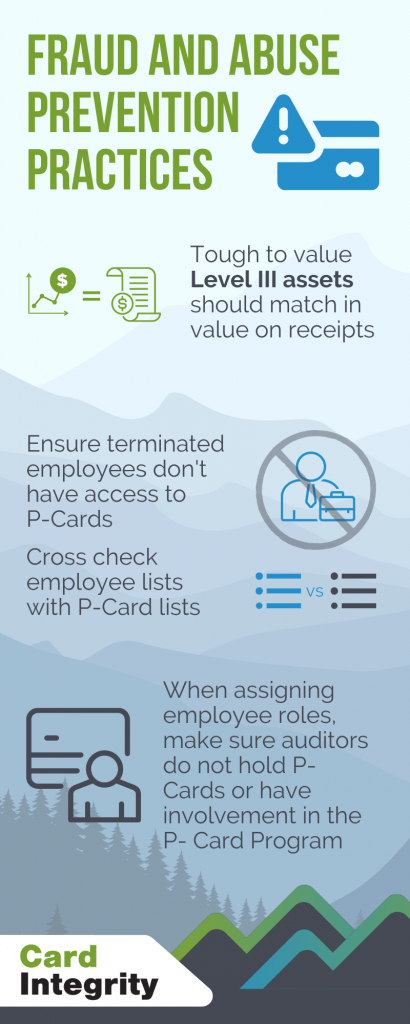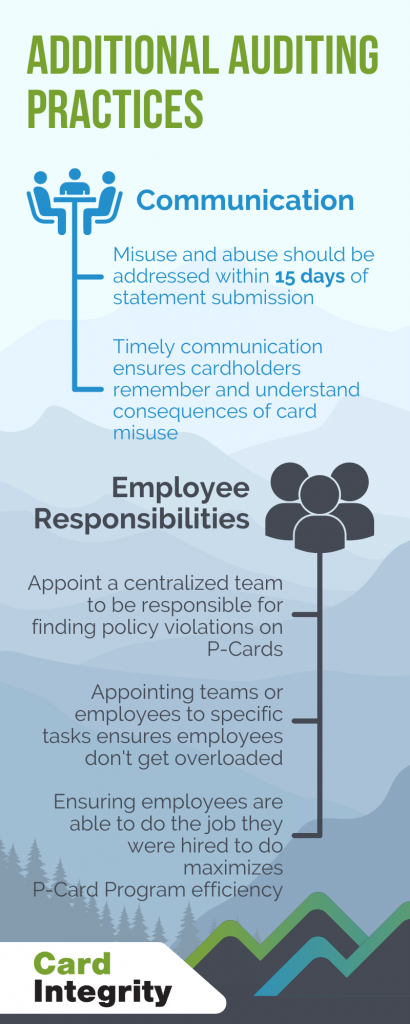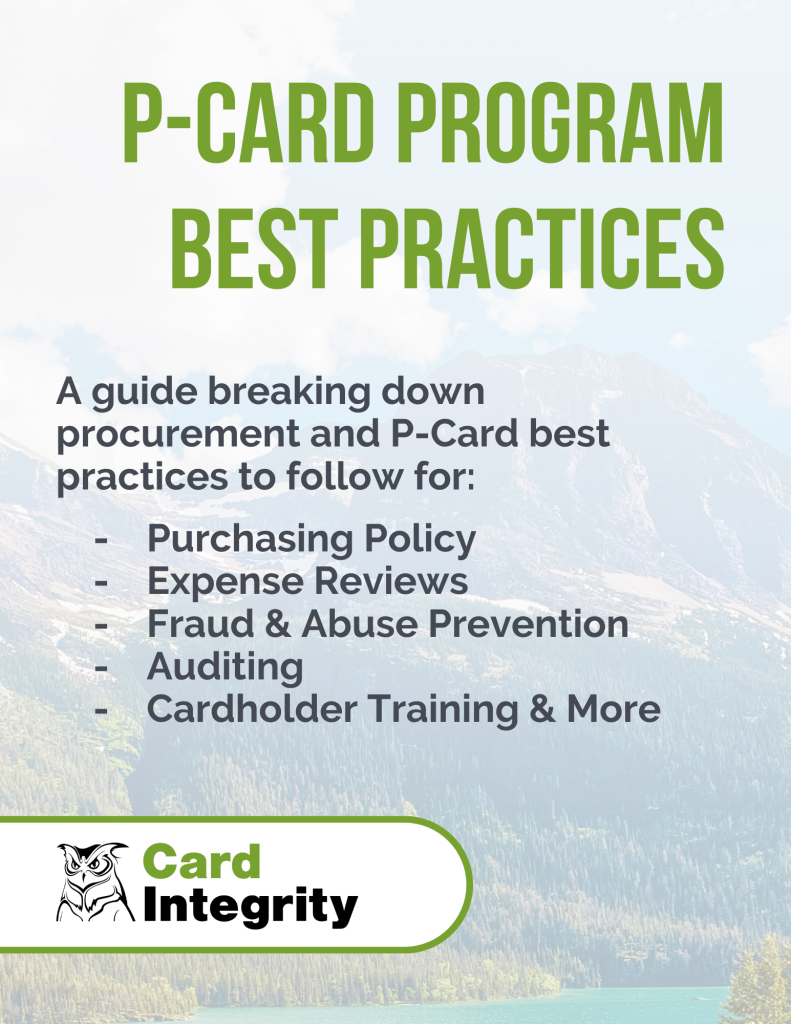P-Cards, or purchasing cards, are a great way for organizations to streamline their purchasing processes. However, P-Cards (really, any company-issued credit card, including travel cards) can also be a source of fraud and abuse if they are not properly managed. This is why it’s important to have strong procedures in place for your P-Card.
In this blog post, we’ll share some best practices for P-Card auditing. We’ll cover topics such as transaction monitoring, cardholder compliance, and data analysis. By following these best practices, you can help ensure that your organization’s P-Card program is running smoothly and efficiently.
P-Card Auditing Best Practices
Consistent auditing and review of corporate credit card data can help businesses track compliance, fraud, and abuse. While your team doesn’t need superpowers to track transactions, without these best practices in place the process can start to feel like you’re moving mountains.
To reap the benefits of having P-Cards, these auditing best practices will help keep your review team on track and bring confidence to your card program.
Start your journey to make the most of P-Cards by viewing the infographics in this post.
4 Review Practices
Every good P-Card audit begins with some internal upkeep. Whether it’s done daily or monthly, regular maintenance of your review process and incoming documentation can keep the review from getting delayed or derailed.
- Perform reviews on a monthly basis. A monthly expense review is imperative to your auditing efforts. This will provide a clear breakdown of the overall spend giving you a bird’s eye view of how much is going where and how often.
- Review data and receipts separately. Match expense data to receipts by reviewing them separately. Receipts help validate that approved purchases were made in approved amounts from contracted suppliers.
- Don’t neglect declined transactions. Declined transactions indicate that the card user either tried to exceed their spending limit or knowingly or unknowingly violated another policy. While it’s nice to know that declined transactions provide a safeguard for compliance, this is also a great opportunity to communicate with the cardholders and reiterate card policy standards so they can learn for the future.
- Lastly, look for duplicate transactions between P-Cards, T&E Cards, out-of-pocket purchases, and the AP system. There’s nothing good about duplicate payments. It wastes money and can even lead to more attempts of fraud and care misuse. Luckily, the solution provides an easy fix to limit risk in this area. Examining declined transactions and potential duplicate transactions is a key ways to achieve compliance and generate more cost savings.
3 Fraud and Abuse Prevention Practices
Preventing fraud and abuse is vital for the health of the organization. Depending on the size of your card program, this can seem like a daunting task. However, increasing spend visibility with a data system that aggregates findings and trends will be your key to P-Card audit success.
Uncover Level III Data
One way that data can help catch and prevent fraud is by revealing Level III transaction information. Level III data includes line-item details about a credit card purchase whether it’s the actual item code, quantity, supplier, and other information.
Unfortunately, receipts can be fabricated and purchase values don’t always tell the whole story. Accessing Level III is just one other meaningful way to connect the dots and tighten up your spend controls to prevent card misuse and fraud.
Cancel and Retrieve Cards From Former Employees
Another best practice to consider is making sure terminated employees don’t have access to P-Cards. If former employees still have an active card, this could open the door for fraudulent spending to occur whether it’s a small or large purchase. Cross-check to make sure employee lists and P-Card match up.
Establish Clear Management Responsibilities
A final practice to prevent fraud and abuse is making sure that auditors that are reviewing P-Cards are not cardholders or have any other involvement in the P-Card program. If the person creating your P-Card audit also holds a P-Card themselves, they have little to no level of accountability or oversight to ensure they are using the card in compliance with the P-Card policy.
2 Additional P-Card Auditing Practices
A couple more important practices for strengthening your P-Card audit include communication practices and employee responsibilities. When communicating with employees, address misuse and abuse within fifteen days of submitting the related statement. Additionally, timely communication with cardholders ensures that they remember and understand the consequences of card misuse.
Employee responsibilities are something that should be clear for those involved in the P-Card program. Appoint a centralized team responsible to find policy violations. This ensures employees don’t get overloaded. In addition, make responsibilities clear so employees are confident in their abilities to do the job that they were hired to do, maximizing program efficiency.
For More Tips, Download the Complete P-Card Best Practices Guide
To see more Best Practice tips beyond P-Card auditing, complete the form below for access to an in-depth P-Card Program Best Practices Guide with detailed information and tips when it comes to policy, management, infrastructure, auditing, submission, purchasing, and training. Using these tips can help your team find opportunities for cost savings and protect your card program from wasteful spending.







